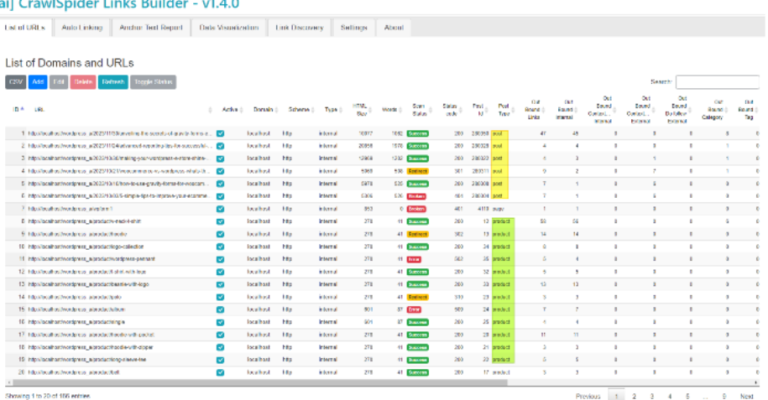The Legal Implications of Failing to Blur Sensitive Information in Your Business Footage
In today’s digital age, video content has become an essential part of business marketing, training, and communication. Whether it’s a promotional video, an internal meeting recording, or customer testimonials, businesses regularly use footage to engage their audience. However, with the convenience of sharing footage comes a significant responsibility to protect sensitive information. Failing to blur personal, confidential, or private details in your business videos can result in severe legal and financial consequences. Let’s explore the legal risks associated with failing to blur sensitive data and how businesses can avoid the pitfalls of non-compliance.
The Legal Framework Surrounding Sensitive Data in Footage
Understanding the legal landscape around data protection is critical to avoid costly mistakes. Several data protection regulations mandate the handling of personal information with utmost caution.
GDPR (General Data Protection Regulation): For businesses operating in the EU or with customers in the EU, GDPR is the primary regulation governing data protection. According to GDPR, personal data must be processed lawfully, transparently, and for specific purposes. If you are sharing video footage that contains identifiable information, you must have explicit consent from individuals featured in the video. Failing to do so can result in hefty fines—up to €20 million or 4% of your global turnover.
Other Global Data Protection Laws: Depending on where your business operates, you may need to comply with regulations like the California Consumer Privacy Act (CCPA) or PIPEDA in Canada. While these regulations vary, they all share a common goal: protecting personal data and ensuring individuals’ privacy is respected in video content.
The Role of Consent and Privacy: In addition to following these laws, it’s essential to obtain consent from individuals appearing in your footage. Whether it’s a customer testimonial or a video of your office, consent should always be clear, specific, and documented. If you’re not sure whether consent is required, it’s always safer to blur personal data or seek permission first. Thankfully, blurring videos effortlessly is possible through automated redaction software.
Consequences of Failing to Blur Sensitive Information
The legal and business consequences of failing to blur sensitive information in footage can be serious. Let’s take a look at the risks businesses face:
Legal Penalties and Fines: One of the most significant consequences of non-compliance is financial penalties. For example, under GDPR, businesses can face fines up to 4% of their annual global turnover or €20 million, whichever is higher. If your footage contains sensitive data without proper consent, regulators may deem your business in violation of data protection laws.
Loss of Trust and Reputation: Privacy breaches can seriously damage your brand’s reputation. Customers are more likely to trust businesses that prioritise privacy, and a data breach can erode that trust in an instant. This loss of confidence can affect your customer base, lead to negative publicity, and hurt your bottom line.
Legal Action by Affected Parties: Beyond fines, failing to blur sensitive information could lead to lawsuits from individuals or groups whose privacy was violated. For instance, if an employee or customer’s personal data was shared without their consent, they could sue your business for damages.
Understanding Why Manual Redaction is Going Out of Fashion
Have you wondered why automated video redaction software is taking over? This isn’t just a trend that’s going to disappear shortly. It’s something that’s becoming the new way of working for many businesses. Generally, companies have been used to manual redaction, and they’re under the impression this is the safest and most thorough way to protect their reputation. But, modern technology is showing that this isn’t the case. Let’s take a look at why manual redaction is coming to an end and why you should consider changing your methods.
Too Many Mistakes
There’s a misconception that manual redaction is more accurate than using software. You think about people being able to control the footage and see things for themselves. However, you’re actually more likely to get more human errors this way. Think about how long it takes to review all the footage. Some scenes are busy, which can stop you from spotting everything in a frame. Then, you have the fact that you’re spending hours working on it, which can lower your concentration.
It Is Expensive
The whole process of manual redaction can be costly to businesses. You have to employ more staff, the processes you have are inefficient, and this means that time is money. Making the switch to automation can save your business thousands.
It Can be Dangerous
Mistakes are always possible with manual redaction. Unfortunately, this can have terrible consequences for your company, including hefty fines. Do you really want to take these risks? It could mean ending up in debt.
Conclusion
Blurring sensitive information in business footage isn’t just a best practice—it’s a legal requirement in many regions. From personal data to confidential business information, failing to blur can lead to costly fines, legal action, and a damaged reputation. By following the best practices outlined above, businesses can protect themselves and their customers, ensuring that their video content remains both engaging and compliant with privacy laws. Taking proactive steps today will help avoid major headaches tomorrow, so make sure your footage is always reviewed carefully before sharing!







